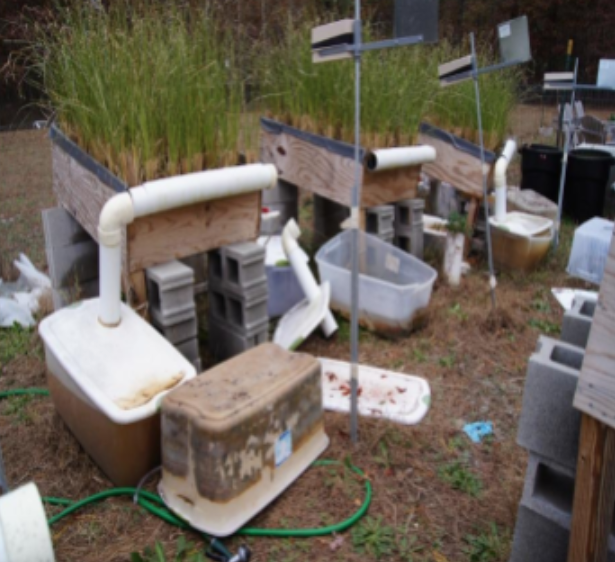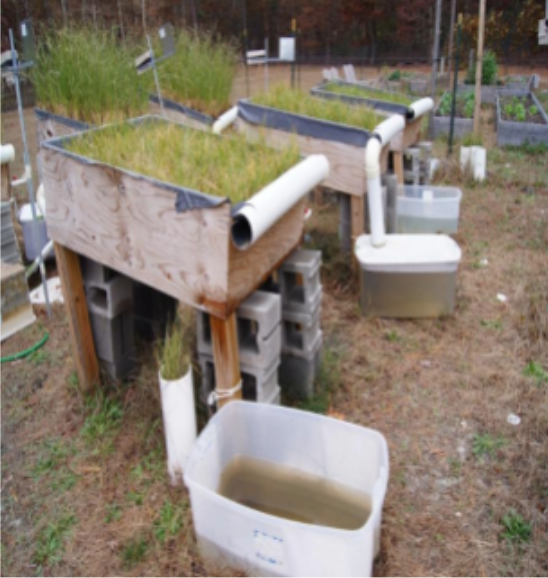The first application of EDTA was applied to the New Jersey field site. Hurricane Sandy hit the coastline a few days later, resulting in damage to the plant platforms. The EDTA treatment increased lead solubilization, but due to the high winds from Hurricane Sandy, most lead was washed out of the platforms
Vetiver and fescue samples were collected before and after EDTA application. As in the previous studies, EDTA increased the lead uptake and translocation in the vetiver samples, with no significant change in fescue. Cut plants were harvested for composting and analyzed for lead. The results showed that lead leached was lower than the USEPA limit and can be disposed of as non-hazardous (Datta, Sarkar, and Andra).
Soil samples were collected before and after EDTA treatment. As in the other field studies, vetiver soil showed a lower lead concentration compared to fescue. With the winds from Hurricane Sandy, the soil results showed a decrease in lead concentration after the EDTA application, with a majority of soluble lead leaching into the overflow containers (Datta, Sarkar, and Andra).

